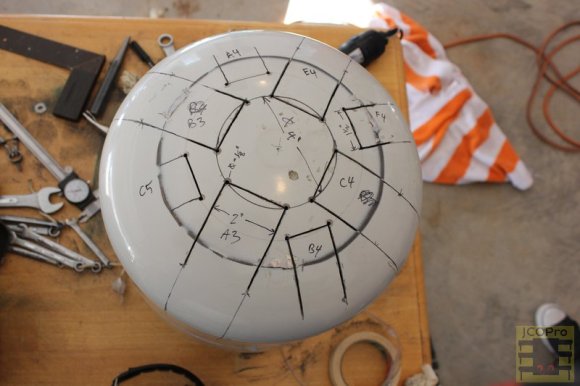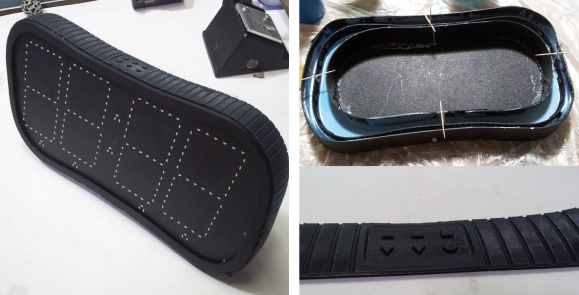
[Vasilis] works at CERN, and like any large organization that invented the World Wide Web, they take computer security pretty seriously. One ‘feature’ the IT staff implemented is locking the desktop whenever the screen saver runs. When [Vasilis] is in his office but not at his battlestation, the screen saver invariably runs, locking the desktop, and greatly annoying [Vasilis].
The usual Hackaday solution to this problem would be a complex arrangement of RFID tags, webcams, and hundreds, if not thousands of lines of code. [Vasilis] came up with a much better solution: have the computer ping his phone over Bluetooth. If the phone is detected by the computer, kill the screen saver.
The code is up on Github. It’s not much – just 20 lines of a Bash script – but it’s just enough to prevent the aggravation of typing in a password dozens of times a day.




















Recent comments